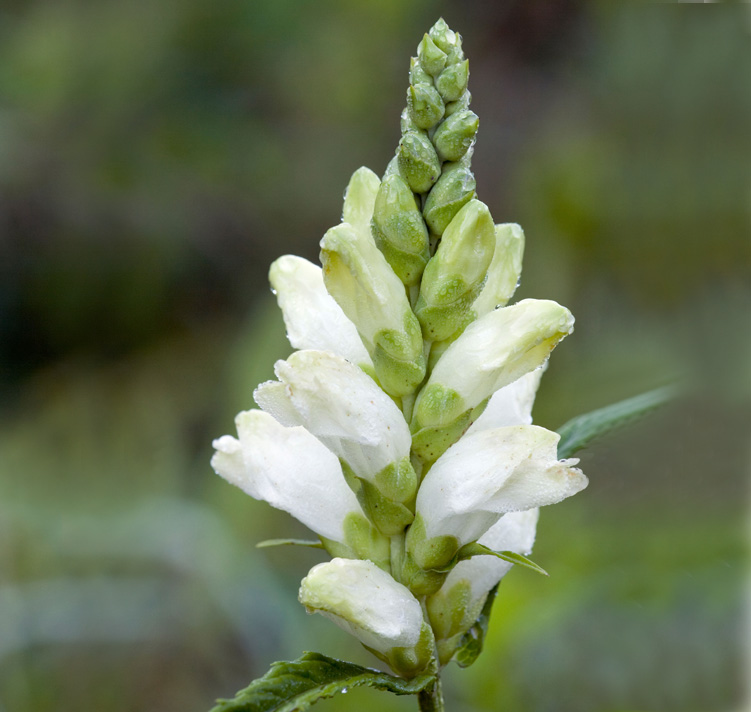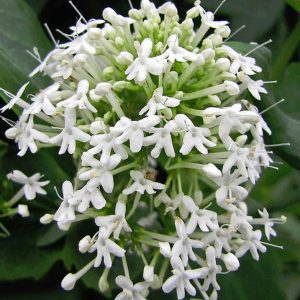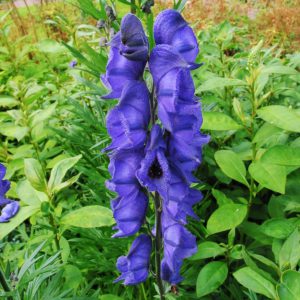- 1-9 pkts $4.50
- 10 pkts FREE
- Express post $12
Chelone glabra
WHITE TURTLEHEAD
Chelone glabra has been treasured by gardeners for many a year.
Shown by the many common names it has acquired along the way.
White turtlehead; codhead; fishmouth; turtle bloom – take your pick
So Chelone glabra is also known as white turtlehead, balmony, bitter herb, codhead, fish mouth, shellflower, snakehead, snake mouth, turtle bloom.
But whichever common name you favour – it is always a handsome, and very useful garden plant.
A mass of upright stems with white turtle heads of blooms
Chelone is very appealing.
Because it forms a dense mass of very upright, soldier ramrod straight stems, each topped by an attractive head of white blooms.
Then the flowers are symmetrically arranged at the top of each stem, also in soldier formation, and resemble turtles poking their heads out of their shells – enchanting.
Even the leaves are formally arranged up the stem in regimental fashion – so handsome even when it is not blooming.
Handy & hardy in part shade
Chelone glabra is very handy, as it prefers partly shaded, to fully shaded positions, where the white flower heads shine out in summer.
Leaving the precious full sun position for those plants that really need it.
Tolerates clay and heavy soils if necessary
White Turtlehead is also a very easily grown and easily pleased plant.
It favours heavy and clay soils (though it is also perfectly happy in ordinary garden loam) and can even tolerate periods when the soil is wet and gluggy, the site is poorly drained, or having its feet in water.
Acid, neutral or alkaline soil pH are all acceptable.
However it is not a great candidate for sandy soils.
Not prone to pests or diseases
Chelone glabra is rarely troubled by any pests or diseases, and is happy to look after itself.
The only work is to cut down to the base in winter ready for next spring.
Birds & pollinators love the nectar
Native Honeyeater birds, butterflies and other insect pollinators just love foraging in and out of the turtle mouths.
Cut bunches of turtleheads for floristry
Bunches of White Turtleheads make good vase flowers and are useful for floristry, as the flowers sit at the top of the straight stems.
Long lived hardy perennial plant.
Approx 75-85cm. High flower stems x a dense clump 45-60cm. Wide of upright stems
SEED SOWING ADVICE: QUICK & EASY
Suits beginners & gardening with kids
Scatter Chelone glabra seeds directly in the garden during spring or autumn / or sow at any time indoors in a punnet.
Sow indoors for quick plants & early flowers: First sow the seeds in a punnet on the surface of good quality seed raising mix.
Then pat the seed gently into the surface of the mix. But only very barely cover, because these seeds need light to germinate.
Now thoroughly moisten the mix by standing the punnet in a shallow water bath, and allow the water to percolate up to the mix surface from below.
Label the punnet with the name and date sown.
Then place in a warm, well lit position, but not in any direct sunlight.
Temperatures of 16-20C approx. are best for rapid germination, but these seeds are not particularly fussy.
(An electronic heat bed is ideal but not essential, any warm, well-lit spot will do).
Continue to keep the punnet consistently moist by misting the surface from a water spray bottle.
Covering the punnet with a clear cover or plastic bag will help to maintain consistent moisture.
Seeds germinate in approx. 3-5 weeks.
However if they have not sprouted in 5 weeks, then the seeds need a period of chilling (a pretend winter) to break their natural dormancy cycle.
So thoroughly moisten the punnet, wrap in cling-wrap or a plastic bag, and place in the fridge (not freezer) for 4-6 weeks.
Then remove, unwrap, return to the warm, well lit place for germination.
Seed Count: 30 seeds per packet approximately.
(We always aim to exceed the stated count and give a generous serve)
Click here for Nursery Open Days & Open Gardens Information
https://www.gardivalia.com.au/open-gardens
Click here to go back to Seeds Shop
https://www.seedscape.net.au/shop/
Related products
-
Add to WishlistAlready In WishlistAdd to Wishlist
-
Add to WishlistAlready In WishlistAdd to Wishlist
-
Add to WishlistAlready In WishlistAdd to Wishlist
-
Add to WishlistAlready In WishlistAdd to Wishlist





